If you’re in an elbow macaroni rut, check out these other pro pasta favorites.
It’s hard to think of a more classic example of comfort food than macaroni and cheese. And while nearly everyone agrees that it’s delicious, it’s hard to get anyone to agree to a specific style (stovetop vs. oven-baked), cheese preference (sharp vs. mild) or pasta shape (elbows vs. shells vs. any number of other options).
But many experts would argue that whatever your preferences in those first two areas, the type of pasta you use really does make a difference. We spoke with several chefs, and here’s what they had to say.
First off, don’t use fresh pasta.
The experts we spoke to overwhelmingly agreed that dried pasta is a better option for mac and cheese than fresh pasta.
Ashley Christensen, the celebrated chef and restaurateur of several North Carolina restaurants, explained why: “Using fresh pasta always feels like a cool idea. That said, having had the chance to try it out, I don’t think it delivers anywhere near the same experience or end result as dried pasta.”
It comes down to texture, Christensen explained. “You want the noodles to be al dente when you drop them into the cheesy sauce or custard, since they will continue to cook as the dish finishes. Dried noodles are so much more dependable, with [better] structural integrity.”
But which dried pasta shapes are best suited to this crowd-pleasing dish? According to the professional chefs that we interviewed, these types of pasta are all worth trying.
Elbow Macaroni
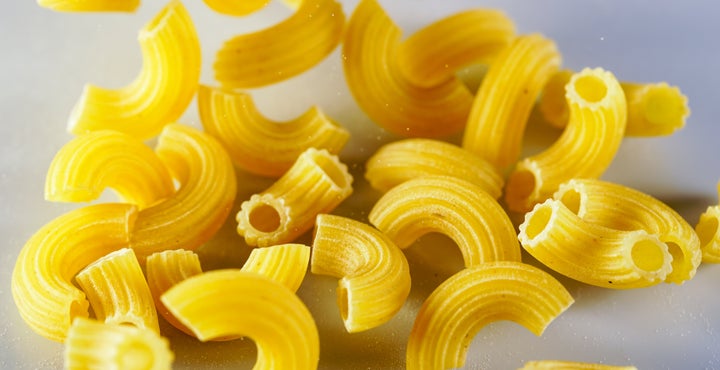
A traditional mac and cheese staple, elbow macaroni earned plenty of votes from our experts. Brian Theis, author of ”The Infinite Feast,” told us that “the king of all the noodles when it comes to mac and cheese is, of course, the classic elbow macaroni. Elbow macaroni yields perfect-sized bites and is great with almost any variation on the mac and cheese theme.”
Christensen also said the short length and hollow center of elbow macaroni work especially well. Elbow macaroni “has the ability to both soak up some of the mac and cheese’s custard or sauce while still providing some good texture,” she said. “These small hollow noodles can also give you a little air pocket that results in a little less weight on the palate, which is important for such a rich dish.”
Cavatappi
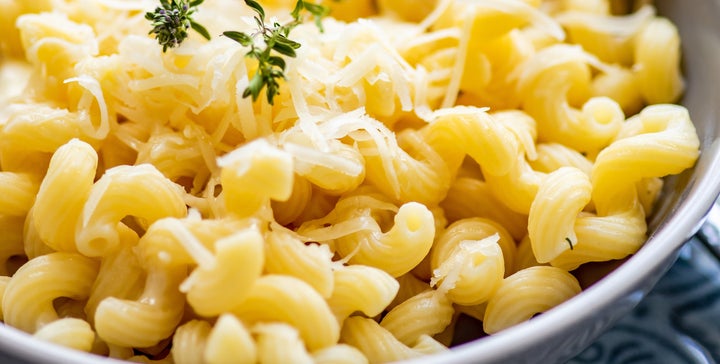
Next up, the corkscrew-shaped noodles known as cavatappi. “I think cavatappi is the best shape for mac and cheese, whether stovetop or baked,” said Sydney Wilcox, a chef and culinary instructor. “It is like a long, curly elbow. The shape has twists and turns, so it catches all the cheese. But [it’s a bigger] pasta than an elbow, so there is more chew.”
Cavatappi’s twists, ridges and thickness give it a lot of structure, so if you want to add additional ingredients to your mac and cheese (like breadcrumbs, protein or vegetables), this pasta can hold onto these extras without buckling or breaking.
Fusilli
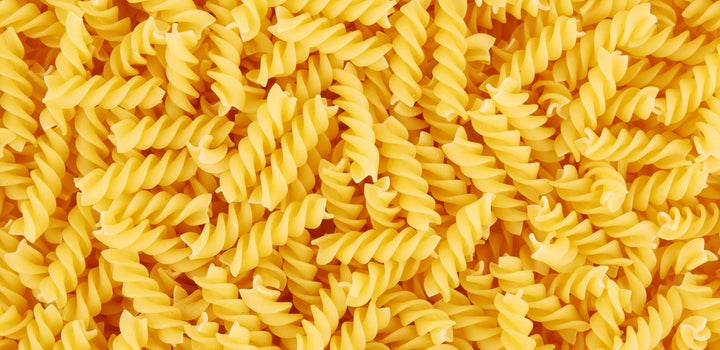
Like cavatappi, fusilli features a corkscrew-like shape. And because it’s smaller and tighter, it can serve as a good happy medium between cavatappi and elbow macaroni. Fusilli’s twists “‘grab’ the cheese sauce, making for a satisfying bite,” said Franklin Becker, the chef/partner of The Press Club Grill in New York City.
Chef Liv Vasquez also likes fusilli’s “crevices,” which allow the sauce “to get in and stick to the pasta.” She pointed out that fusilli’s tight spiral and shorter length prevent the cheese sauce from “falling right off of the pasta.”
Shells
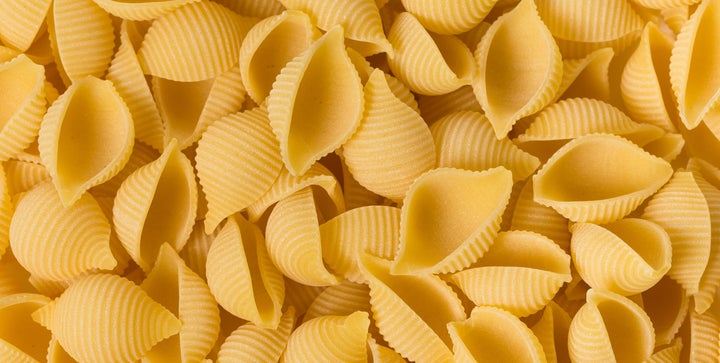
“I love shells [for mac and cheese] because of the cheesy surprise they provide!” said Brad Wise, executive chef and owner of Rare Society in San Diego, California.
The hollow space inside a pasta shell is perfect for holding onto a rich sauce. As Marissa Goldstein, owner of The Daughter in Toronto put it: “I love taking a bite of a shell that is full of hot and gooey cheesy béchamel. The shell creates the perfect balance of pasta and sauce in every bite.”
Standard mini or medium shells work well for stovetop or baked mac and cheese. But if you’re in a shop with an array of Italian pasta shapes, chef Brenden Long of Almond in Palm Beach, Florida, said you should consider “lumache, which looks like a snail shell, It is similar to traditional shells, and I like it because the sauce gets in there for every bite.”
Tubular Pastas (Ziti, Rigatoni, Penne)
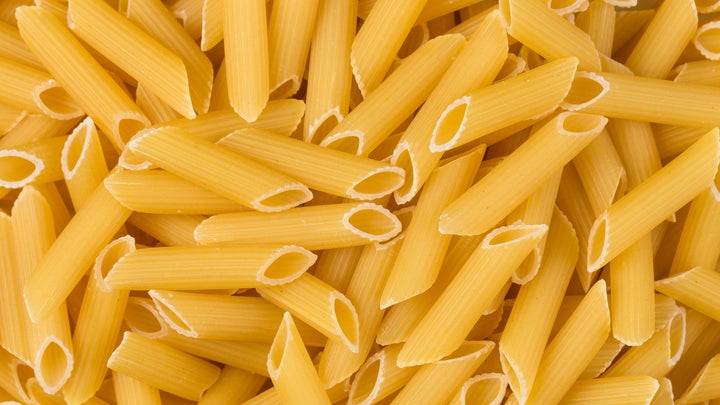
The best pasta shapes “are the ones that catch the sauce and can be lifted by a spoon or fork easily without hanging off,” said Hugo Ortega, executive chef and owner of H Town Restaurant Group in Houston. He counts tubular pastas like ziti, rigatoni and penne in this category.
Robbie Shoults, the chef/owner of Bear Creek Smokehouse in Marshall, Texas, likes penne and ziti for mac and cheese because both shapes “have texture and are hollow. This allows the gooeyness of the cheese sauce to hang onto every inch of the pasta, so you get a cheesy delicious bite every time.”
These tubular pastas are also sturdier than some alternatives, which is a point in their favor as far as Laurent Tourondel, the chef/owner of Laurent Tourondel Hospitality, is concerned. These pastas “work well for both stovetop and baked” mac and cheese, he said. “Their hollow pocket holds the cheese, and the stiff structure avoids breakage for baked mac and cheese.”
Long Noodles (Spaghetti, Fettuccine)
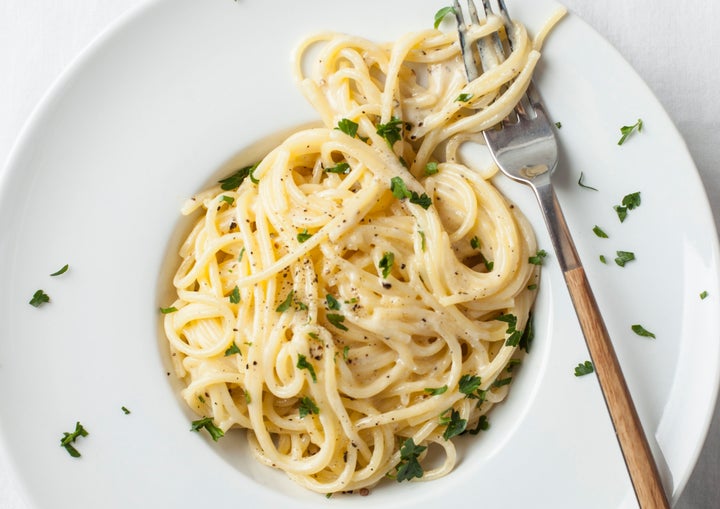
We definitely know that long noodles like spaghetti and fettuccine don’t fit into any classic American notions of mac and cheese. But it’s important to remember that the dish comes in many different forms and iterations.
After all, “fettuccine alfredo is basically a mac and cheese,” said Paul Fehribach, the executive chef of Big Jones in Chicago. For Fehribach, the reason a long, flat noodle works well for fettuccine alfredo is because “it’s a very thick sauce, so the noodle can pick it up.”
Another example of a mac and cheese copycat is “one of my favorite pasta dishes to make: cacio e pepe,” Long said. This “is a simple Roman-style pasta with cracked pepper, cheese, butter and pasta.”
“Because the texture of cacio e pepe sauce is creamy and emulsified rather than thick and cheesy, it can cling to smooth and long noodles quite effectively (and deliciously),” Long said.
Credit: Source link